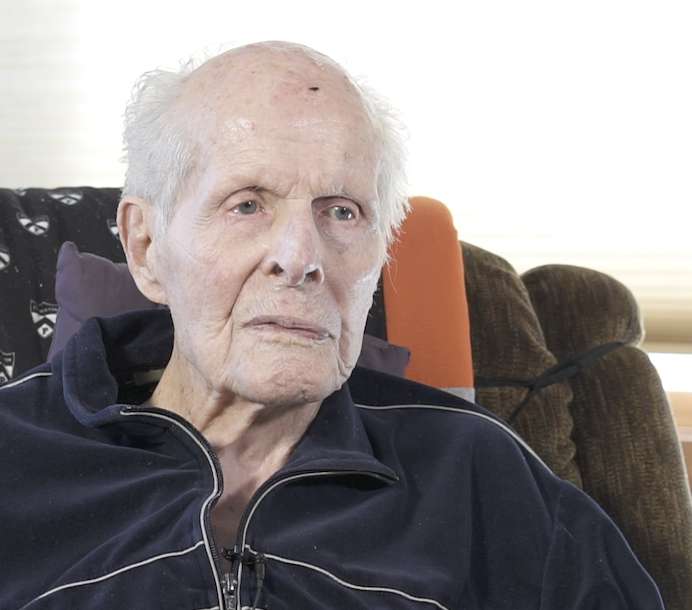Manhattan Project veteran William “Bill” K. Coors passed away on October 13, 2018.
Coors was born August 11, 1916 in Golden, Colorado. His grandfather, Adolph Coors, was the founder of the Coors Brewing Company.
Coors attended Phillips Exeter Academy, where he suffered from depression, homesickness, and loneliness. In a 2018 interview with the Atomic Heritage Foundation, he recounted the moments after his teacher, who repeatedly belittled him, caused him to bawl in one class. “When it was over, I was on my way down a little pathway from the main building, to the grill to get a cup of tea. Somebody was coming down behind me. They put an arm around my shoulders. It was Norman Hatch [the teacher]. I had spent hours trying to devise the perfect crime to get him off the campus, one way or another. I just hated him with a passion. That arm went around me, and it just left like that. I realized he couldn’t be doing a better thing for me. He was giving me compassion and support. Changed my whole outlook on life. One of my greatest regrets is never getting back to the school to tell him that I appreciated what he had done for me. I carried that message all the way through. All I ever wanted from my father was my father’s arm around me. I never got it.”
His experience at Phillips Exeter Academy led him later to produce The Will to Live, directed by Kerry David, a documentary about Coors’s experience with depression.
Coors graduated from Phillips Exeter and went on to college. Defying his father’s expectations, he attended Princeton University instead of Cornell University where his father, his uncles, and two older brothers attended. At Princeton, he met Albert Einstein, who was working at the Institute for Advanced Study at the time. Coors graduated in 1938 with a degree in chemical engineering.
Immediately afterwards, he began working for the Coors Porcelain Company, a company owned by his family, and worked on porcelain insulators. During World War II, Coors received an urgent call. He remembered, “A voice introduced himself as Rick Condit, working for Lawrence Radiation Laboratory. He said, ‘We need insulators.” He told me this story of grief, how all the main insulator companies, such as General Electric and Westinghouse, all quoted them in terms of months’ delivery. He said, ‘We can’t wait that long. I’ll send you a drawing. You’re not supposed to copy it, show it to anybody, or talk to anybody about this. It’s a very secret project.’
“I got a drawing in the mail. Fortunately, it was an easy item to make. I had the insulators on the way in five days.”
These insulators were used in the Y-12 Plant in Oak Ridge, Tennessee to aid in electromagnetically separating uranium isotopes. Upon being asked if Oak Ridge ever told him that his insulators worked, Coors simply replied, “No,” and added, “We just got orders for insulators. We had the entire Coors Porcelain facility converted to insulator development, manufacturing. Just to keep keep pace with Oak Ridge demand.”
In 2016, the U.S. Department of Energy Office of Legacy Management presented Coors with the Energy Secretary’s Appreciation Award for his Manhattan Project work.
After the war, Coors worked for his grandfather’s brewing company and eventually served as Chairman from 1961 to 2003. He was an innovator, known for developing the recyclable aluminum cans that are now used throughout the industry. He also came up with the idea of offering a refund for each can brought to a recycling center, and developed a continuous casting machine called the block caster.
Over the years, Coors became known for his philanthropy. He donated to various organizations, including Boys & Girls Clubs of Metro Denver, the Colorado Symphony Orchestra and the Colorado School of Mines Foundation.
For more about Coors and his involvement with the Manhattan Project, you can watch his interview on AHF’s Voices of the Manhattan Project website and read his profile on the Atomic Heritage Foundation website.





